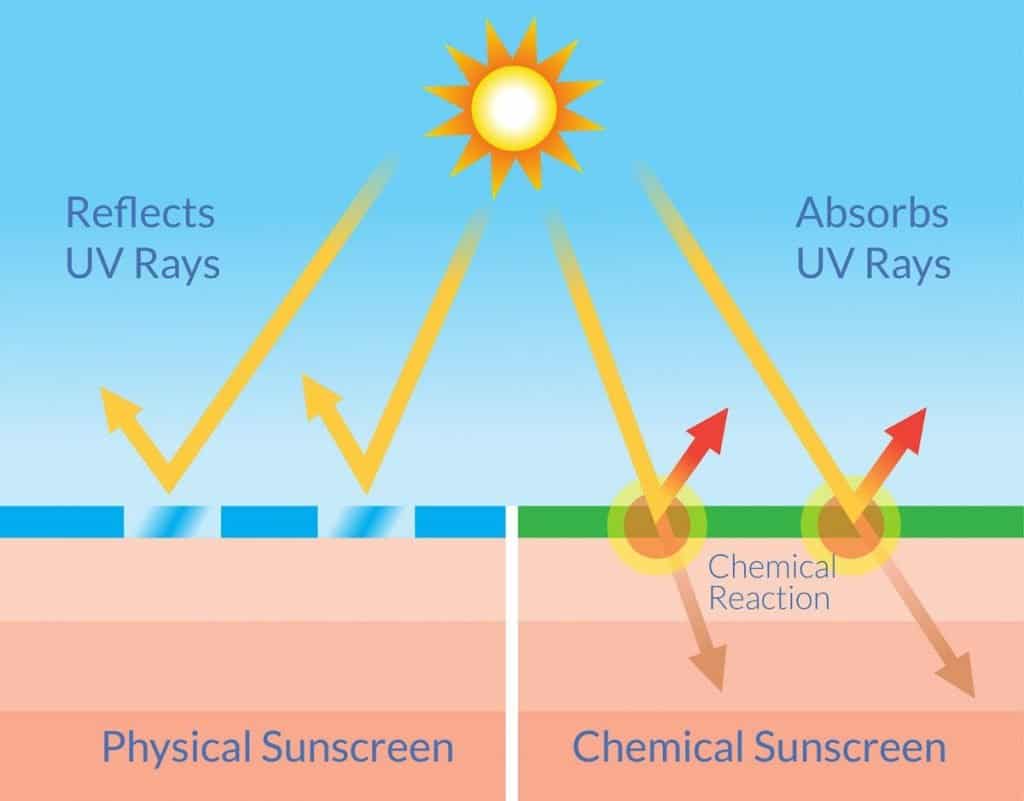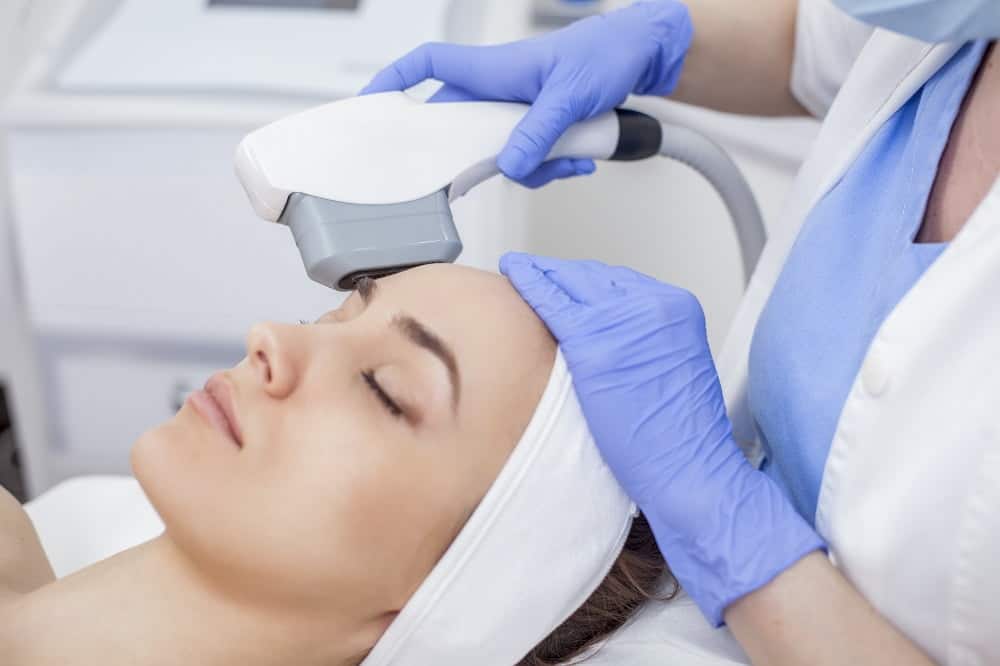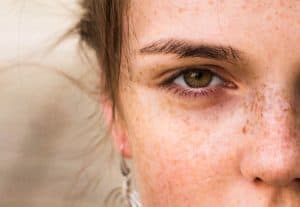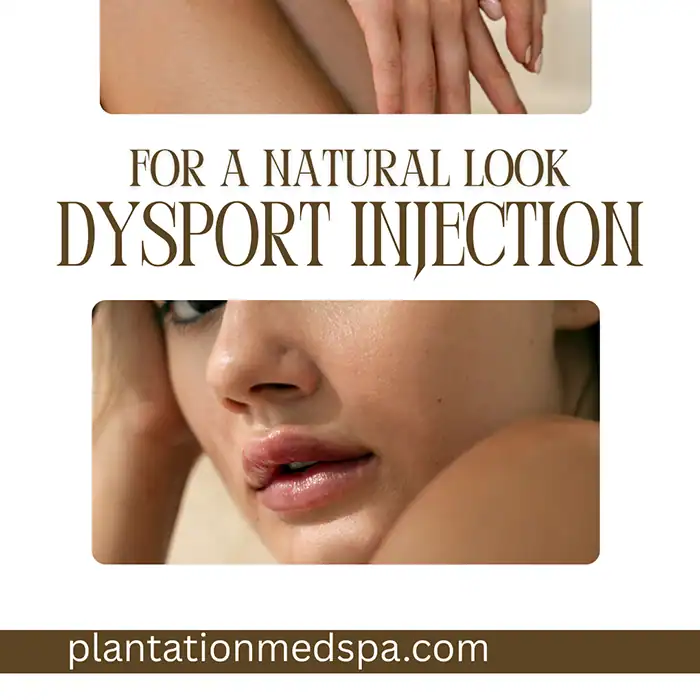Effective Strategies to Eliminate Dark Spots on Skin
Dark spots on the skin, which is also known as hyperpigmentation, is an issue that is much more common than many people realize, but what exactly causes it? This aricles tries to answer How to Fight Dark Spots on Skin.
Well, everybody’s skin produces melanin, which is the pigment that gives your skin its color. The amount of melanin that your skin produces is what determines how light or dark your natural skin color is.
However, sometimes the skin produces too much melanin, and this ends up clustering underneath certain areas, which is what gives those parts of your skin a darker color.
Why does the skin sometimes overproduce melanin?
For a number of reasons, including:
- Over-exposure to sunlight
- Physical damage, such as a cut or a pimple
- Certain medications
- Allergic reactions
- Hormonal changes
- Genetics
Is there anything that can be done about these dark spots?
Fortunately, yes.
In fact, there are quite a few ways in which you can fight hyperpigmentation. Read on to find out more…
Chemical Exfoliation
When it comes to dark spots, both physical and chemical exfoliation will be beneficial, but chemical exfoliation works at a deeper level, meaning that you are likely to notice results sooner.
What exactly is chemical exfoliation?
The use of chemicals, usually naturally-derived ones, to dissolve away the glue-like substance that holds dead and older skin cells to the surface of your skin, enabling your body to then shed them much more efficiently.
Unlike physical exfoliation, which uses abrasive particles to slough away the surface of the skin, chemical exfoliants can target darkened skin cells at a deeper level.

While just about any chemical exfoliant will benefit hyperpigmentation, there are some that are better than others.
These include:
- Salicylic Acid – exfoliates the skin while helping to inhibit the skin’s melanin production, resulting in a lightening effect
- Glycolic Acid – removes the top layer of darkened skin to replace it with the lighter skin cells that lie beneath. However, you do need to use quite high concentrations of glycolic acid to achieve this effect, and this can sometimes irritate the skin
- Lactic Acid – fades out excess pigment and evens out the skin tone
- Retinol – while this vitamin A derivative is not technically an exfoliant
Keep in mind that while exfoliation can really help with dark spots, you do need to be doing this regularly, around two or three times a week depending on your skin type. It will also take at least a month for you to notice any differences, because this is the amount of time your basal cells need to work their way up to the outer layer of skin, before they are then shed away.
Skin Lightening Ingredients
In addition to the chemical exfoliants mentioned above, there are several other ingredients that also have lightening and
brightening effects.
They include:
- Retinol – this vitamin A derivative helps to speed up your cell turnover rate, which is the rate at which your body produces new skin cells to replace older ones. Retinol also helps to inhibit melanin production, although the exact way in which it does this is not quite understood yet
- Niacinamide – also known as vitamin B3, niacinamide is a soothing, anti-inflammatory ingredient that inhibits melanin production
- Vitamin C – targets and lightens darker areas of skin, without having an effect on areas of “normal” colored skin
- Hydroquinone – the most common skin lightening ingredient, hydroquinone not only inhibits the enzyme needed to produce melanin, but also breaks down existing melanin pigment granules. Keep in mind that this ingredient is banned in some countries due to fears that it may be linked to cancer. It does also have some side effects, from irritation to dryness, so practice caution when using it for the first few times
- Kojic Acid – naturally produced by fungi, kojic acid is often used as a gentler alternative to hydroquinone, but does take longer to have an effect
- Azelaic Acid – produced by a specific fungus, this natural ingredient is also comparable to hydroquinone when it comes to reducing the intensity and size of hyperpigmentation
Skin-Healing Antioxidants
In addition to using products and ingredients that directly target your dark spots, you should also be using antioxidants alongside these.
Why?
Because these help to heal and support the skin in a variety of ways, which will really aid your skin in its fight against hyperpigmentation.
Wondering which antioxidants you need to be using?
Try some of the following:
- Vitamin E – this helps to boost collagen production, meaning a reduction in everything from wrinkles to dark spots
- Niacinamide – also known as vitamin B3, niacinamide is a soothing, anti-inflammatory ingredient that inhibits melanin production
- Lycopene – boosts skin texture and minimizes DNA damage
- Green Tea – contains special chemicals called catechins that reduce sun damage and inflammation
- Grape Seed – even more effective than vitamins C and E in fighting free radical damage
When it comes to actually applying these antioxidants to your skin…
The best methods of delivery consist of products that will quickly penetrate into your skin.
The perfect example of this is a serum. Serums are similar to moisturizers, but do not contain any heavy ingredients. This means that they boast an incredibly thin and lightweight consistency, but are still extremely high in active ingredients. Thanks to their light texture, the skin is able to quickly drink a serum up, putting its ingredient to good use immediately.
Moisturizers and face masks are also great products for nourishing your skin with antioxidants, since these are designed to remain on your skin for an extended period of time. This gives your skin cells more time to soak up all of the benefits that these antioxidants bring.
In addition to applying these antioxidants to your skin topically, you should also try to consume more of them in your diet.

Some of the best food sources of skin-boosting antioxidants include leafy green vegetables, red and pink fruits, orange and pink seafood, grapes, and green tea. Of course, just about any diet that is high in fresh fruits and vegetables, as well as whole grains, nuts and seeds, while being low in highly processed foods, will naturally contain a wide range of beneficial antioxidants.
Be Strict about Sun Protection
Even if you follow each and every one of the above steps, none of it will make much of a difference unless you are protecting your skin from the sun at the same time.
Why?
Because sun exposure is largely responsible for dark spots. Exposure to the sun triggers your skin to produce more melanin than usual, as this is the way in which your body protects itself from the sun’s harmful UV rays. However, things can easily go wrong, leading to excess melanin being produced, and therefore hyperpigmentation.
Sunscreens need to be used each and every day if you want to see an improvement in your dark spots, but it gets a little more complicated still…
There are two main types of sunscreen: physical and chemical.
Chemical sunscreens make use of chemicals that absorb the sun’s UV rays and trigger a chemical reaction, before emitting them from the body as heat.
Physical sunscreens contain minerals that deflect and scatter away the sun’s UV rays, before they have the chance to enter into your skin.

While chemical sunscreens may be more popular and more widely available, research shows that physical sunscreens would be more beneficial for those who have hyperpigmentation.
Why?
Because they scatter away all wavelengths of light emitted by the sun, whereas chemical sunscreens miss a few.
You might be thinking…
If physical sunscreens are better, why are they not more mainstream?
The answer lies in the original formulas that many physical sunscreens featured. Due to the minerals within them, these tended to leave either a white or red cast on the skin, and would take much longer to be absorbed.
However, newer formulas don’t really have this problem, meaning that physical sunscreens are now becoming more and more appealing.
In addition to making sure that your sunscreen is a physical one, your sunscreen should also be broad-spectrum, with an SPF of at least 30.
As mentioned above, make sure that you are wearing a sunscreen every single day, no matter the time of year or the weather, as UV rays are pretty much always present during the day.
Don’t forget that you also need to re-apply your sunscreen every two hours, or more frequently if you have been sweating or in water.
Sunscreen isn’t the only way in which you can protect your skin from the sun…
Here are a few extra steps that you can take:
- Give your face some extra protection with a wide-brimmed hat and some large sunglasses
- Keep your body protected with clothing
- Stay out of the sun during the hottest hours of the day, usually between 11am and 3pm, but this does depend on your location
Chemical Peels
Chemical peels are similar to exfoliating, in that they “peel” away the top layer of your skin, enabling the newer skin cells to show through while also encouraging your skin to produce skin cells at a faster rate.
Many of the common ingredients used in a chemical peel, such as salicylic acid and glycolic acid, were mentioned above as fantastic chemical exfoliants for dealing with hyperpigmentation.
So what makes a chemical peel different?
They contain a much higher concentration of active ingredients, making them much more potent.
The outcome of a chemical peel does depend quite a bit on the skill of the person applying it, so make sure that you only have chemical peels carried out by a professional dermatologist.
Wondering if there are any side effects?
There can be, and these include itching, swelling or burning. However, you will likely only experience these side effects if you have used a chemical peel that is not well-suited to your skin type, which is why it is always important to seek the advice of a dermatologist first.
As you can imagine, since a chemical peel removes the top layer of your skin, this does leave your skin even more susceptible to sun damage. As mentioned above, sun exposure is one of the worst things that you can do for your hyperpigmentation, so make sure that you are even more vigilant about sun protection after a chemical peel, or even after any other form of exfoliation.
Non-Ablative Skin Treatments

Topical treatments are fantastic for treating hyperpigmentation, and while they do take some time to have an effect, they can really make a huge difference.
However, in some cases, hyperpigmentation can be extremely severe and stubborn, meaning that stronger measures need to be taken.
Fortunately, there are a couple of non-ablative skin treatments that are great for targeting dark spots.
What does non-ablative mean?
Well, ablative treatments work by destroying and removing the outer layer of skin, whereas non-ablative treatments target the underlying layers of skin, without damaging the outer layer.
An example of a non-ablative treatment for hyperpigmentation would be Intense Pulsed Light.
This is a form of light therapy that makes use of specific wavelengths of light to stimulate different parts of the skin, boosting its functions while rejuvenating it at the same time.
Another option would be laser treatments…
These make use of laser energy to target dark spots. The skin absorbs each burst of energy emitted, which then results in their excess pigment being broken down.
While this may seem like a quick fix, it really isn’t…
You will likely need several different sessions in order for a difference to be seen, and this can not only be time-consuming, but also quite expensive.
How to Fight Dark Spots on Skin
Dark spots can be so frustrating to deal with, and can sometimes seem as though they have appeared overnight, without any warning. Each of these steps mentioned above will help you in your fight against hyperpigmentation, especially if you decide to combine multiple methods, as this will trigger changes in your skin on many different levels. In this article, we tried to answer the question: How to Fight Dark Spots on Skin?
Book a consultion online now? Visit the Plantation Med Spa now to treat yourself to some of our many services and treatment offers! Call us at (954) 595-2607



